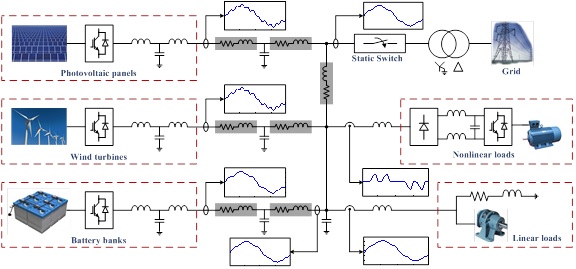The global electrical energy consumption is still rising and there is a steady demand to increase the power capacity and the power transmission capabilities.
It is expected that it has to be doubled within 20 years. The importance of electricity in the overall energy budget will also increase. Today 40 % of the global energy consumption is processed through electricity and it is forecasted that in 2040, this may be up to 70 %.
The production, distribution and use of electrical energy should be as efficient as possible by cheap and advanced technology. Two major technologies will play important roles to solve the future challenges.
Two major technologies
- One is to change the electrical power production sources from the conventional, fossil based sources to renewable energy power resources.
- The second is to use high efficient and sustainable power electronics technology in power generation, power transmission/distribution and end-user application. Power electronics is also a key component in all kind of future transportation systems.
The energy supply is dominated by large fossil power plant units with a typical power capability of 300 MW to 1000 MW per unit and the size of the units enable rational operation and cheap energy production. Large units enable low service cost, efficient logistics and strong controllability. This strategy has worked with success and ensured reliable supply of electricity and heat - however the consequence of the last 20-40 years development of renewable power sources and the overall goal to save energy have led to a new situation.
Grid Architetures
We are now building power electronics based power system in the future with its obvious advantages of controllability, sustainability and improved efficiency but it also brings new challenges. One of the important challenges is that the renewable power generation is interfaced through high switching frequency power electronics which cause harmonics generation into the power system and may make influence on other devices or even trigger resonances. Also the load side has a power electronics interface typically done by a diode-rectifier and a passive filter, which is cost-effective but increases the harmonic load currents generated in the system, and again it can trigger the other units connected to the system and trigger resonances in the grid it-self. Figure 1 below illustrates a small distribution system with its different power sources and loads including an illustration of the different harmonics being generated.


